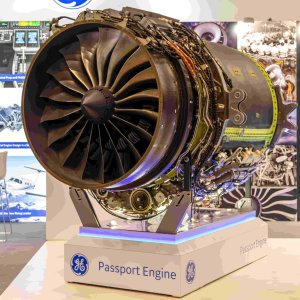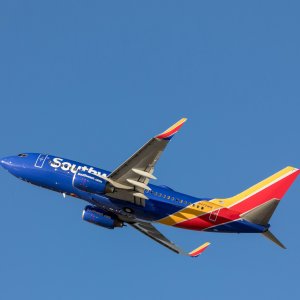
Airbus Achieves First 100 Percent SAF Flight.
 By Sofía Hanna | Journalist and Industry Analyst -
Mon, 03/28/2022 - 15:53
By Sofía Hanna | Journalist and Industry Analyst -
Mon, 03/28/2022 - 15:53
Airbus achieved its first 100 percent Sustainable Aviation Fuel (SAF) A380 flight, setting high and new expectations for reaching the Net-Zero emission flights for 2050 objectives. Part of the strategy so far will be to increase the use of SAF, combined with regular fuel until certification of 100 percent SAF by the end of this decade. All this process continues through the ZEROe line, testing the use of these fuels with different ships so that they can be used more quickly and efficiently.
The A380 flight lasted three hours. A Rolls-Royce Trent 900 engine was operated on 100 percent SAF. This is the third Airbus aircraft type to fly on SAF over the course of twelve months and the company has achieved for all its aircraft to be currently certified to fly with up to a 50 percent blend of SAF mixed with kerosene. “The aim is to achieve certification of 100 percent SAF by the end of this decade,” according to the official Airbus release. All of the aircraft used during these trials are also using the same aircraft revealed as Airbus’ ZEROe Demonstrator, a flying testbed for future technologies instrumental to bringing the world’s first zero-emission aircraft to market by 2035.
As previously mentioned by MBN, net-zero emission flights are becoming one of the main objectives of the aerospace industry, which expects to achieve this goal by 2050 in line with the Paris Agreement to limit global warming to 1.5° C. To succeed, airlines, airports, air navigation service providers, governments and manufacturers have to join efforts. Currently, Airbus and Boeing are the main manufacturers to have worked towards this objective. Airbus has developed the ZEROe line that is thought to allow the company to explore a variety of configurations and hydrogen technologies that will shape future zero-emission aircraft.
The next step after this new achievement on behalf of Airbus is a second flight, with the same aircraft. This trip is scheduled to take place from Toulouse to Nice Airport, on March 29th to test the use of SAF during take-off and landing. The SAF used so far is being produced in Normandy. The one used in the last flight was made from Hydroprocessed Esters and Fatty Acids (HEFA), free of aromatics and sulfur, and primarily consisting of used cooking oil, as well as other waste fats.
You have other fuel options of this type that go around hydrogen technology, which emits no CO2 emissions and enables renewable energy to potentially power large aircraft over long distances, and also solar flights, which could make it possible to use advanced photovoltaic solar panels that are lighter, more flexible and capable of capturing more energy per square meter while harnessing solar energy into a rechargeable energy storage system.
















